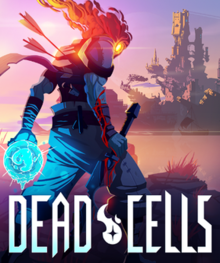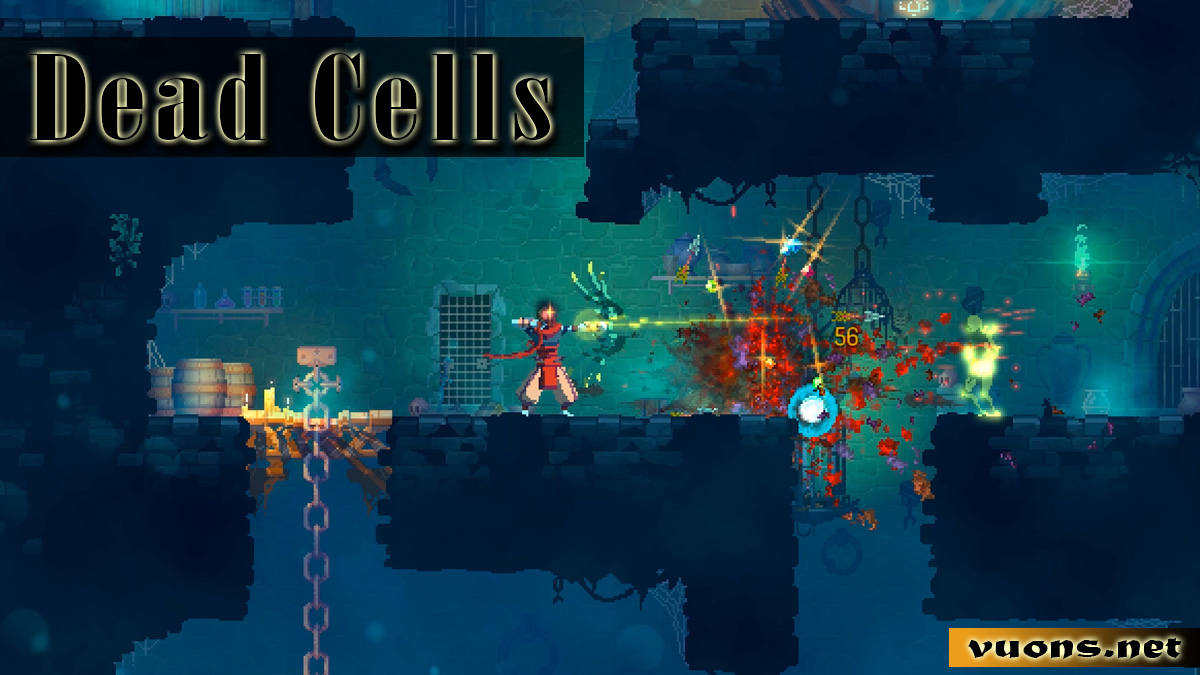Dead Cells : Embracing Retro Visual Aesthetics
Dead Cells Game: Modernity in a Retro Aesthetic
In the world of the video game industry, Dead Cells has emerged as one of the most prominent phenomena in recent years. Its incredible blend of retro visual aesthetics and modern gaming mechanics has made it a favorite with gamers all over the world. In this article, we’ll dig deeper into this phenomenon, highlighting how Dead Cells managed to create an experience that combines two seemingly opposite worlds: the nostalgic past and the cutting-edge future of video gaming.
Unique Retro Visual Aesthetic
One of the most striking things about Dead Cells is its strong use of retro visual aesthetics. This game combines pixel art elements with a beautiful but basic background design. Despite using modern technology to facilitate a smooth gaming experience, Dead Cells opts for a visual style that harks back to the past, to the glory days of arcade games and 8-bit consoles.
The amount of detail in each pixel and the precision in level design reminds us of classic games like Castlevania and Metroid. It’s not just style; it’s a tribute to video game heritage, reminding us of the industry’s roots while showing that classics never really go out of style.
Awesome Modern Game Mechanics
Behind its stunning retro visual aesthetic, Dead Cells presents very modern game mechanics. It’s the perfect mix of fast-paced action, addictive challenges, and customizable progress. Players are given the freedom to explore levels, collect various weapons and skills, and build a play style to suit their own preferences.
The roguelike system used in Dead Cells ensures that each playthrough is a different experience. Every time a player character dies, they have to start over with the level being re-shuffled. However, progress in the player’s experience is maintained through the collection of cells taken from defeated enemies. This creates a satisfying feeling of accomplishment while encouraging players to keep trying again and again.
Presenting Retro Visuals in the Modern Era
One of Dead Cells’ biggest successes is how it manages to bring a retro visual aesthetic into the modern era of video games. Even though it has simple graphics, this game is still able to compete with AAA titles with realistic 3D graphics. This shows that in an industry often filled with technological racing, the strength of gameplay and art style remain very important determining factors.
Dead Cells also showed the industry that players weren’t always stuck with cutting-edge graphics. They also appreciate the unique aesthetic and entertaining play style. In many ways, the success of Dead Cells is a reminder that even as technology continues to advance, there are invaluable values and beauty in simplicity.
Influence and Popularity
Dead Cells’ popularity is driven not only by its unique retro visual aesthetic and modern gameplay mechanics, but also by its impact on the video game industry as a whole. Many other games began to adopt a pixel art style and retro design elements, inspired by the success achieved by Dead Cells.
Additionally, the thriving fan community surrounding Dead Cells has helped maintain interest in the game long after its release date. With various updates and additional content continuously released by the developer, Dead Cells has managed to keep itself fresh and relevant in such a dynamic industry.

Conclusion.
Dead Cells is a great example of how a retro visual aesthetic can successfully deliver an engaging experience in the modern era of video games. By combining simple graphics with complex game mechanics, this game has succeeded in attracting the attention of players from all over the world.
More than just a game, Dead Cells is a work of art that honors the legacy of video games while continuing to innovate and challenge industry norms. In an era where technology is often seen as everything, Dead Cells reminds us that the essence of a great gaming experience is excitement, challenge and boundless creativity.



